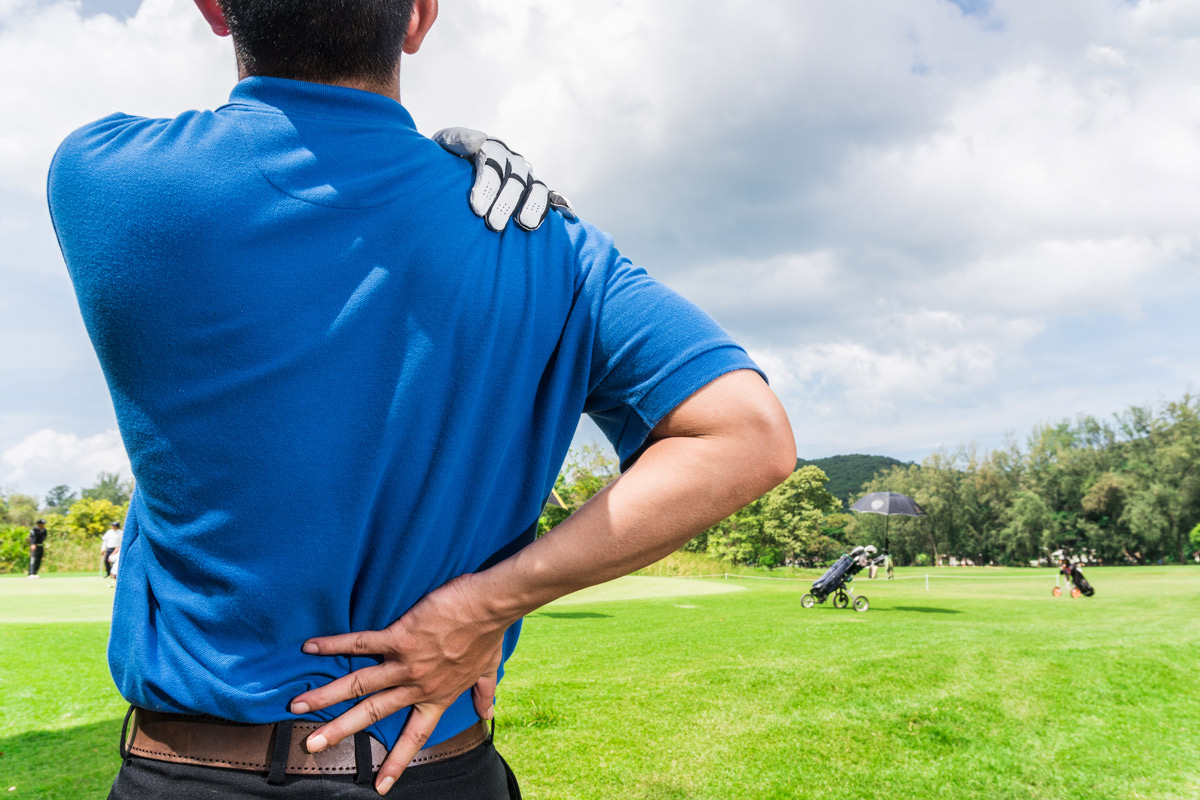
Spine Injuries in Sports
“No pain, no gain” is a term most often used in the sports community to push past a plateau or usher the strength to eke out one more rep or lap.
After an especially grueling workout, you can expect to feel some level of discomfort in your muscles – soreness is a sign of muscle rebuilding and getting stronger!
However, if you experience a sharp, piercing, long-lasting pain, you’ve pushed your body too far.
Injuries to the neck and lower back are common complaints in the exercise world. In fact, up to 20 percent of all injuries that occur in sports involve these areas of the body.
That doesn’t mean you should avoid exercise.
For people with back pain, sports can still be a viable option if they pay attention to their back. Also, knowing the type of strain various sports place on the back may help prevent a back injury from occurring.
Lower Back Injuries
The lower back is subject to a great deal of strain in many sports, particularly those that involve repetitive impact (running, tennis), a twisting motion (golfing, skiing) or weight-loading at the end of a range-of-motion (weightlifting) commonly cause damage to the lower back.
Neck Injuries
The neck is most commonly injured in high-contact sports such as football or soccer, which place the cervical spine at risk of injury.
Upper Back Injuries
The upper back, also called thoracic spine, is less likely to be injured during sports because it is relatively immobile and has extra support. However, injuries to this area can happen and most often involve rib fractures as well as muscle strains due to sports that involve rotating the torso, such as swimming, golf, tennis and even skiing.
The best way to prevent injuries in any sport is through a thorough warm-up.
The warm-up should target the muscles used in that sport while also preparing the back for the stresses to come.
A typical warm-up should include:
- Easy movement (such as walking) to increase blood circulation to the muscles and ligaments of the back.
- Stretching of the lower and upper back and related muscles, including hamstrings and quadriceps.
- Slow, targeted movements specific to the sport (e.g., swinging a golf club, serving the tennis ball).
There are professionals or instructors in almost every sport who are willing to share their expertise.
Ideally, someone with this type of expertise can teach the correct form for a new sport or help develop and keep the proper technique for a current sport.
Published on: August 31, 2017




